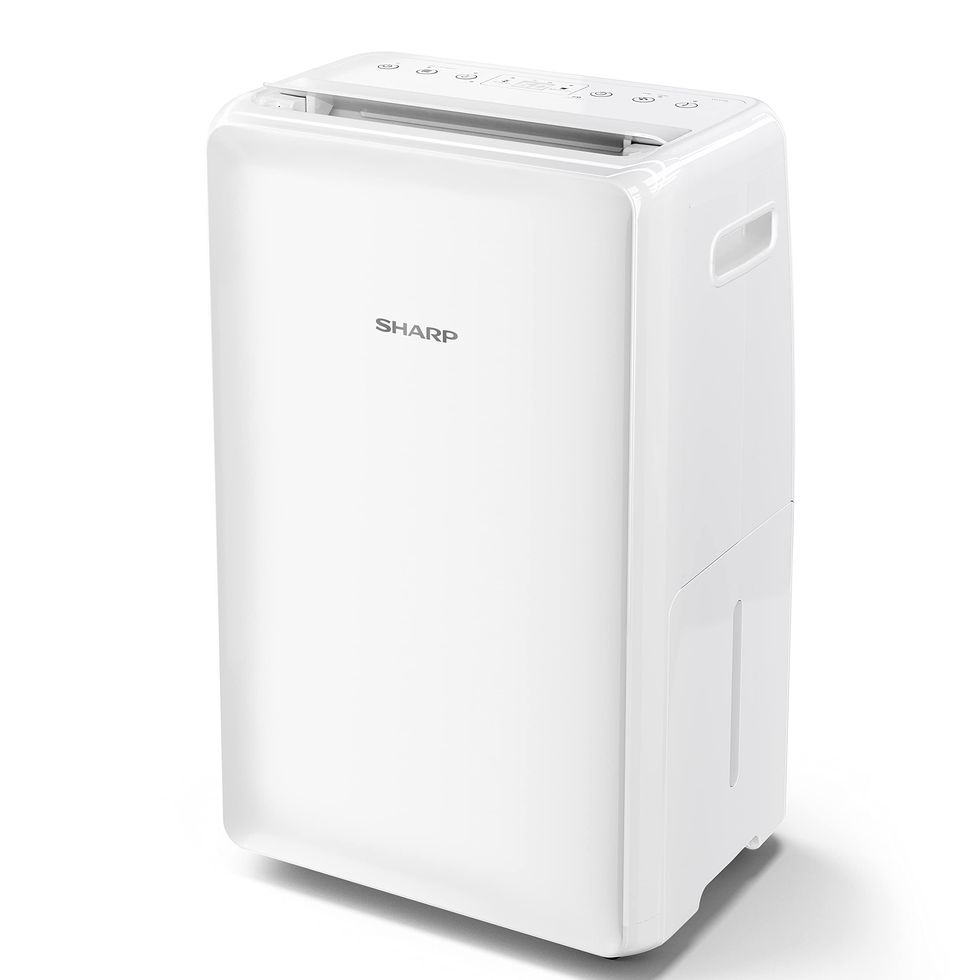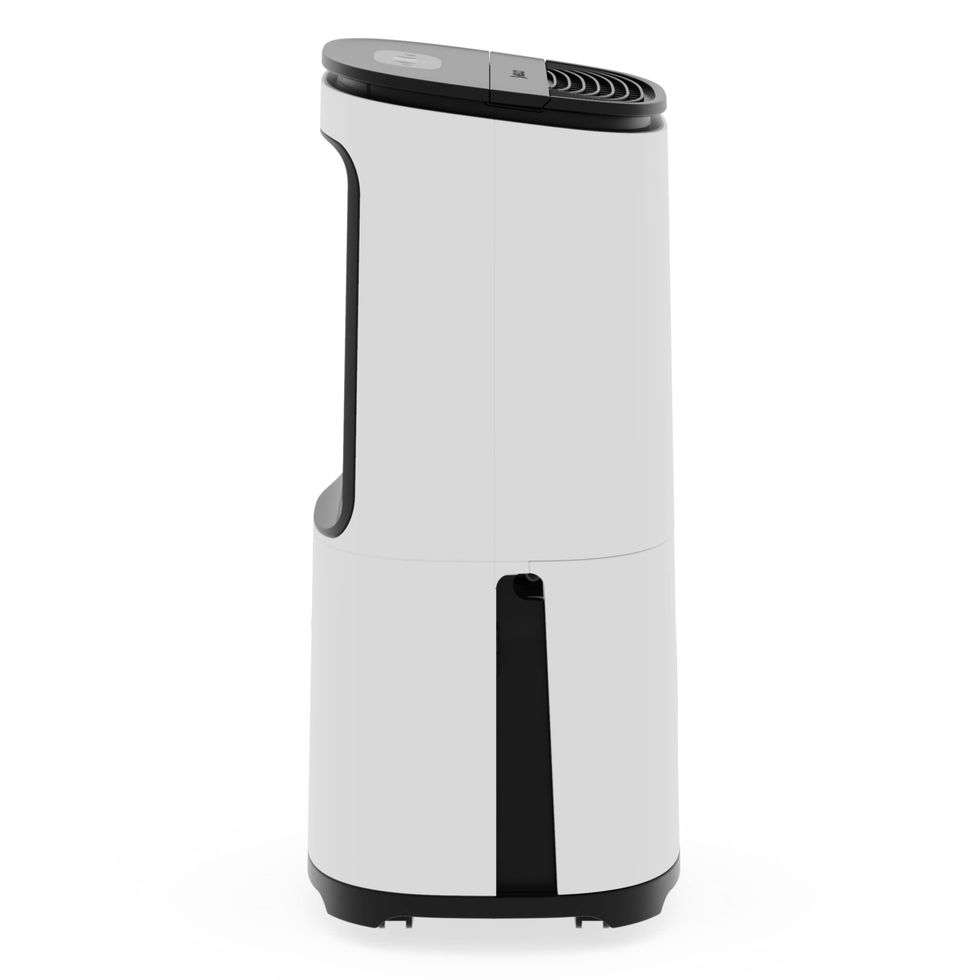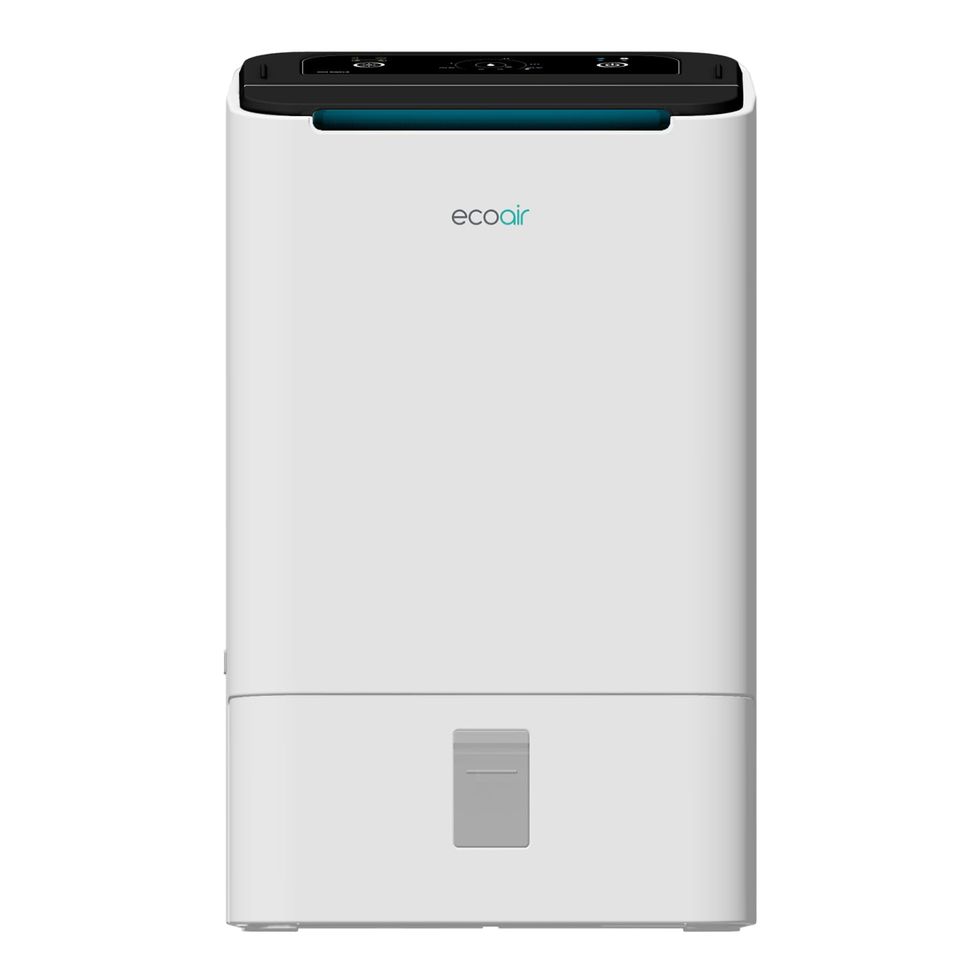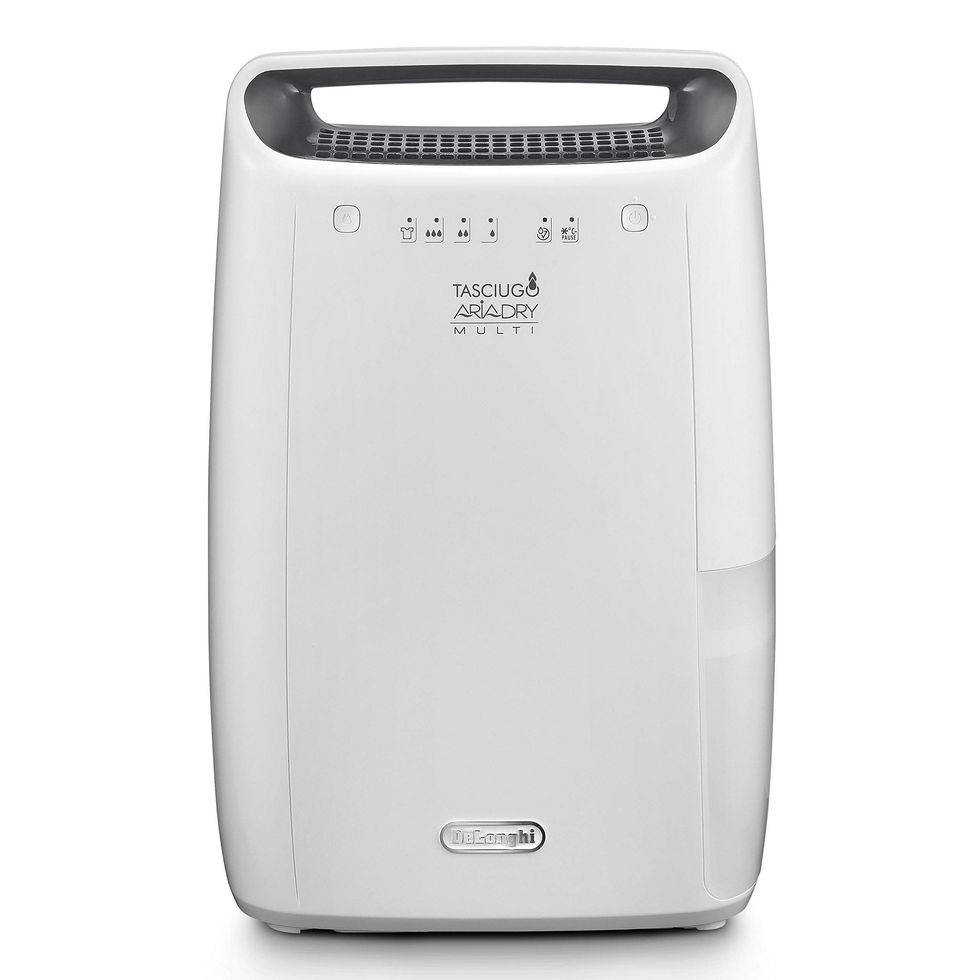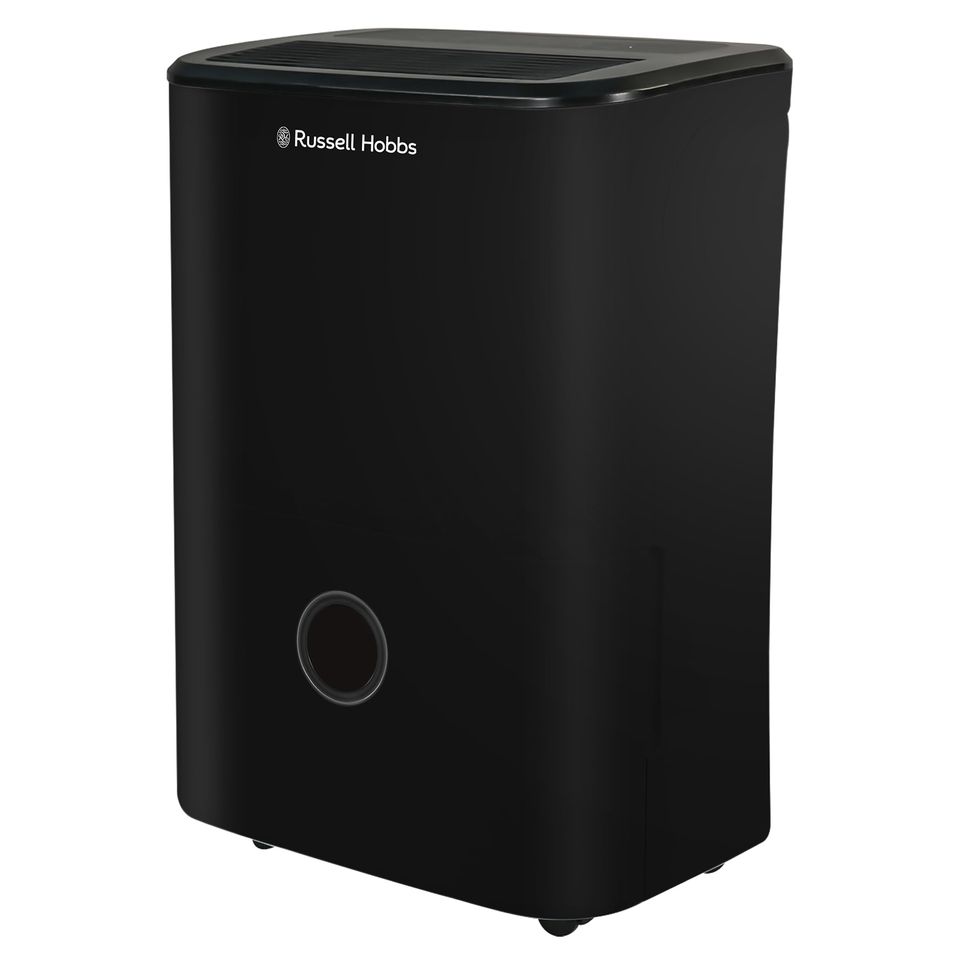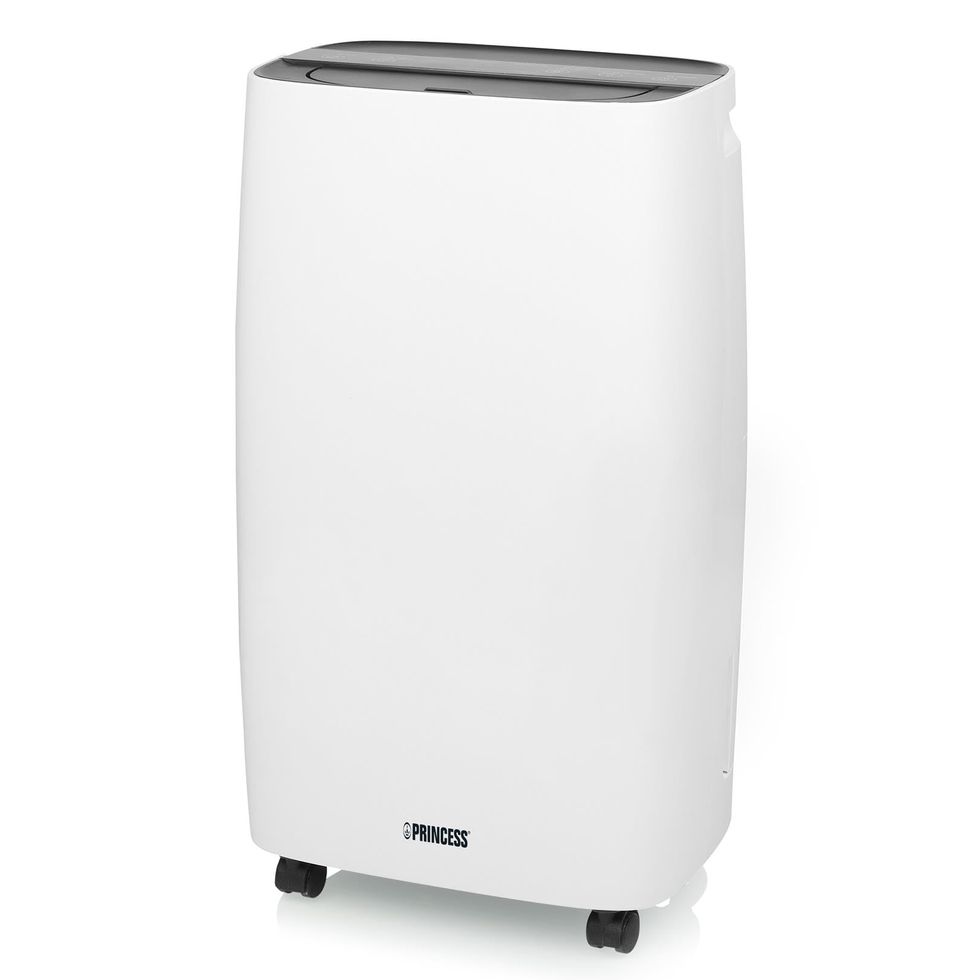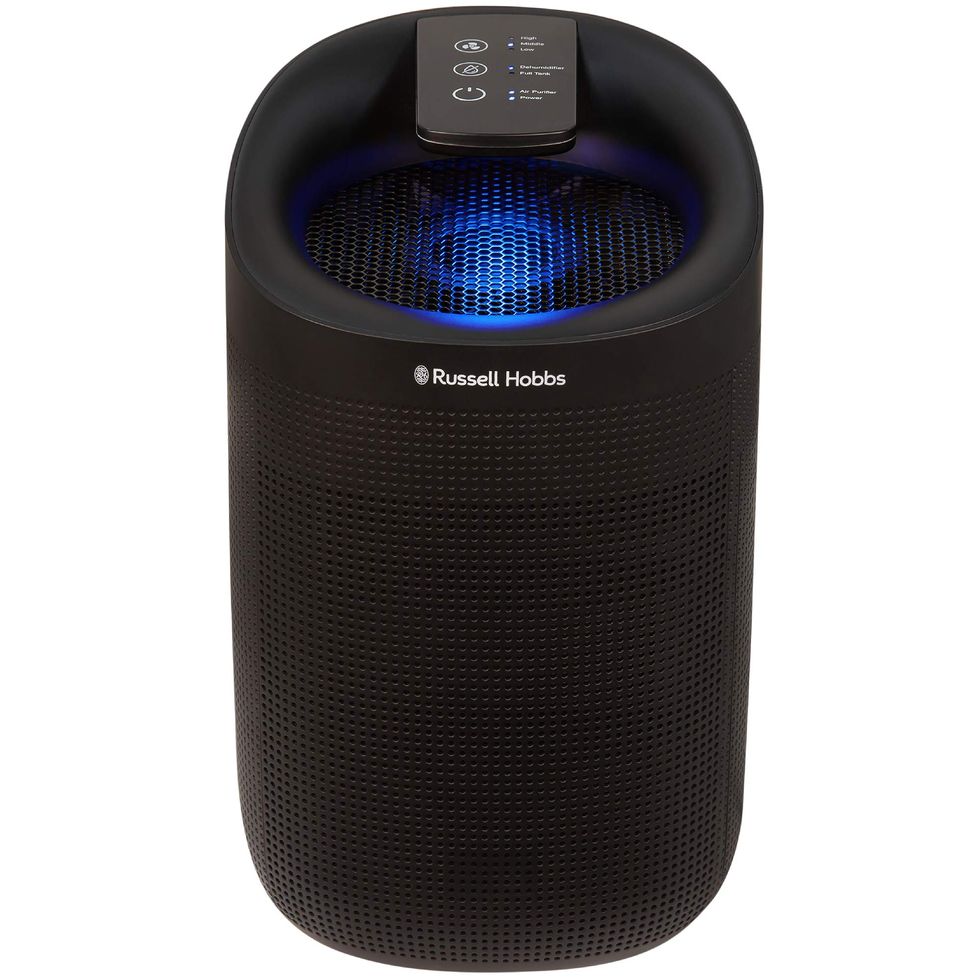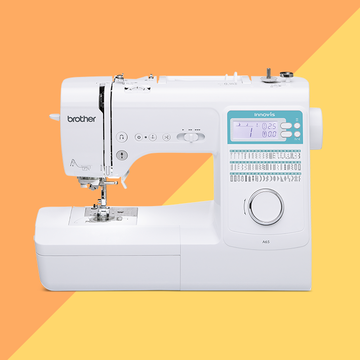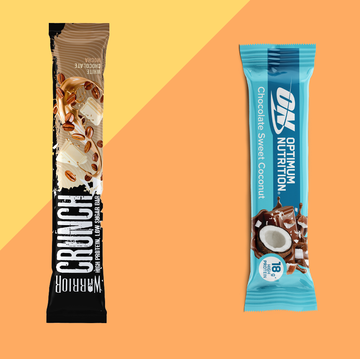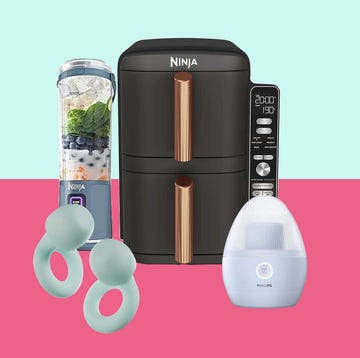We earn a commission for products purchased through some links in this article.
16 best dehumidifiers to get rid of damp and mould in your home
Our experts put them through their paces in the lab
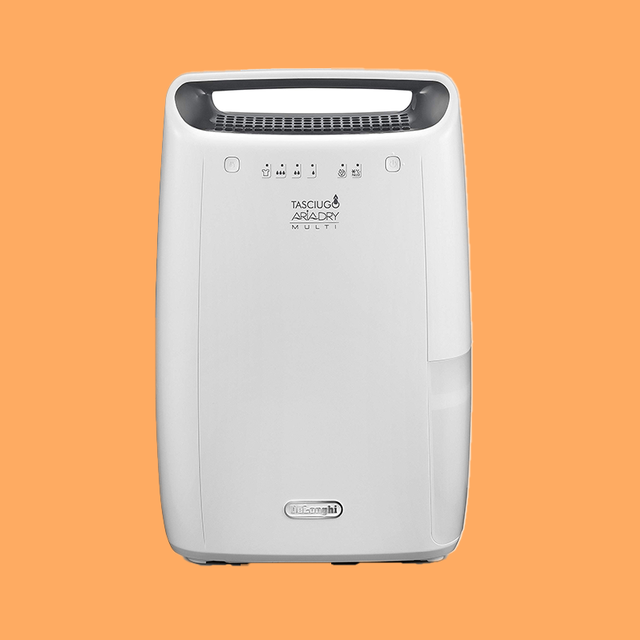
The best dehumidifiers for UK homes help eliminate excess moisture and condensation from the air, so your house doesn't fall victim to damp or spots of mould.
A dehumidifier can also help dry laundry faster – essential when you're tackling rainy, changeable weather, which can make drying clothes a lot more difficult (and lead to annoying musty smells). They’re cheaper to run than the tumble dryer., too
To help you decide which one to invest in, the Good Housekeeping Institute tested a range of market-leading models, keeping an eye on how much they cost to run and any useful extra features, including laundry modes.
Best dehumidifiers to buy in 2025
We review dehumidifiers by placing them in a controlled test chamber with the humidity set at 80% and the temperature at 18C. We then run each model on its highest setting to see how much water it collects in two hours. You'll find a full breakdown of how we test below our reviews.
Compressor or desiccant dehumidifiers – which is better?
There are two different types of dehumidifier to choose from: compressor or desiccant models.
- Compressor dehumidifiers work by creating a cold surface for warm, damp air to move across. When the warmer air meets the cool surface, condensation forms, and the water is removed.
- Desiccant dehumidifiers don’t rely on a cool surface, which means they’re effective in all temperatures. They use a desiccant wheel that absorbs the moisture from the air (much like a sponge), which is then regenerated by an internal heater and fan.
The simplest way to work out which type of dehumidifier is best for you is to consider room temperature. For situations where your ambient room temperature is likely to fall below 15 degrees often (think garages, basements, conservatories), you may want to consider a desiccant dehumidifier.
But while desiccant dehumidifiers are more effective in lower temperatures, they typically cost more to run, so if you’re looking for a more energy-efficient appliance, it may be worth picking a compressor model.
Now you know which type you want, these are our best in test.
Megan is the Good Housekeeping Institute’s senior homes and lifestyle writer. She loves diving into the latest product releases to find the very best buys on the market and has written hundreds of product reviews on everything from the best vacuum cleaners and coffee machines to the best ice cream makers and robot window cleaners.
When she’s not writing about the newest gadgets and gizmos for your home and garden, you’ll find her running every distance from 5km to 100km or relaxing at home with her cat – there really is no in between.
Megan has an MA in Magazine Journalism and has previously written for Stylist, Glamour, Women's Health, TimeOut, SquareMeal, and YOU magazine. You can find Megan on Instagram @meganlouisegeall.
Blossom is passionate about finding the best home products and appliances for GH readers. As head of the homes testing team, she has led reviews across multiple categories, from pizza ovens, and smart plugs to portable fans and hobs. She enjoys delving into the intricacies of products and refining testing protocols to ensure we’re testing them against their claims. Her aim is to find the top-performing products on the market, to help take the hard work out of housework. Blossom’s most notable accomplishment in the lab has been toasting 528 slices of bread in her quest to find the best toasters money can buy. In her free time, she openly admits to being a music geek and indulges her creative side through crocheting, baking, singing and writing.

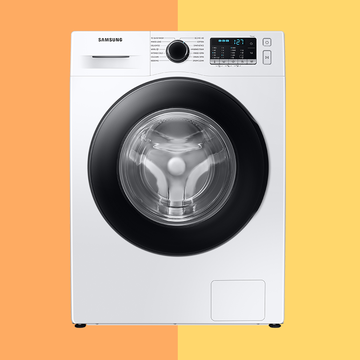
14 best washing machines, tried and tested

14 best hard floor cleaners for fresh floors

18 best electric heaters to keep you warm

The 14 best protein powders to try
